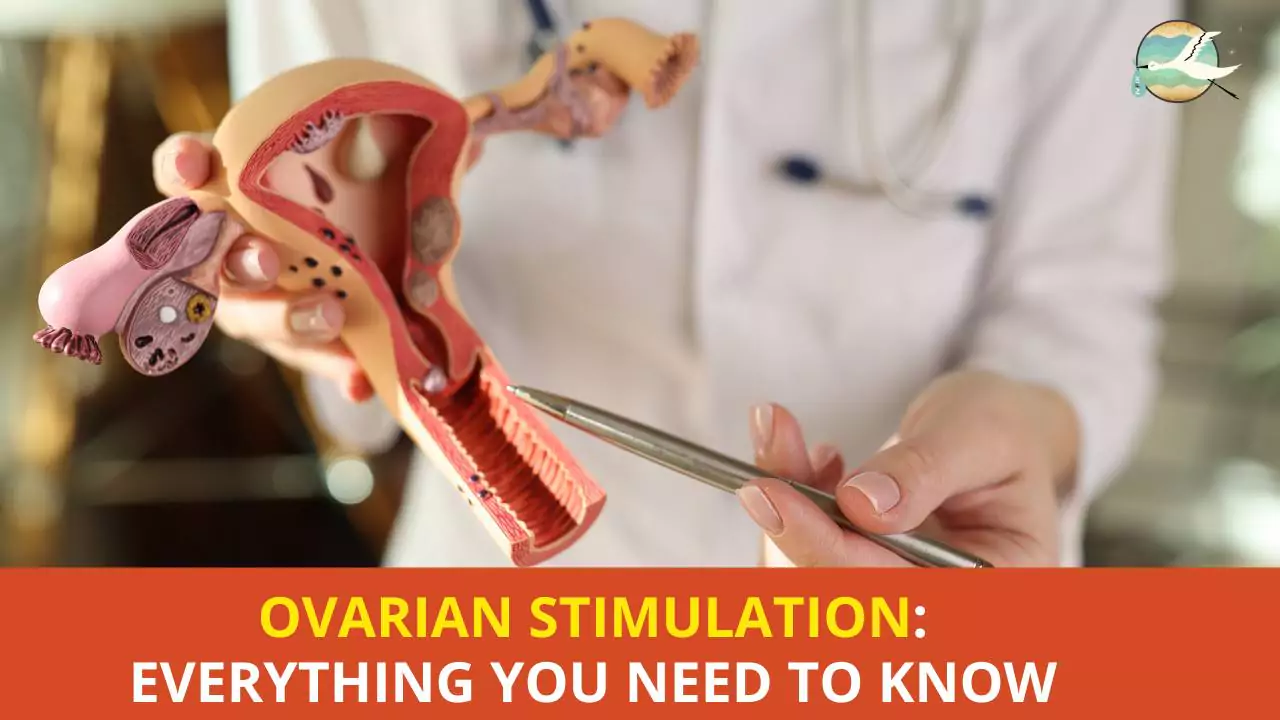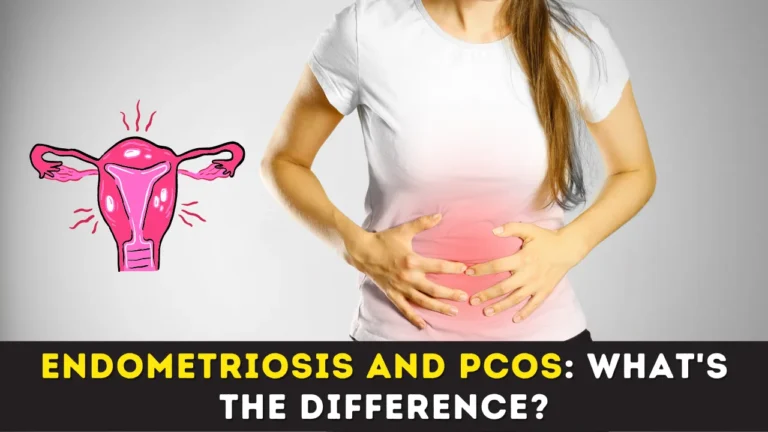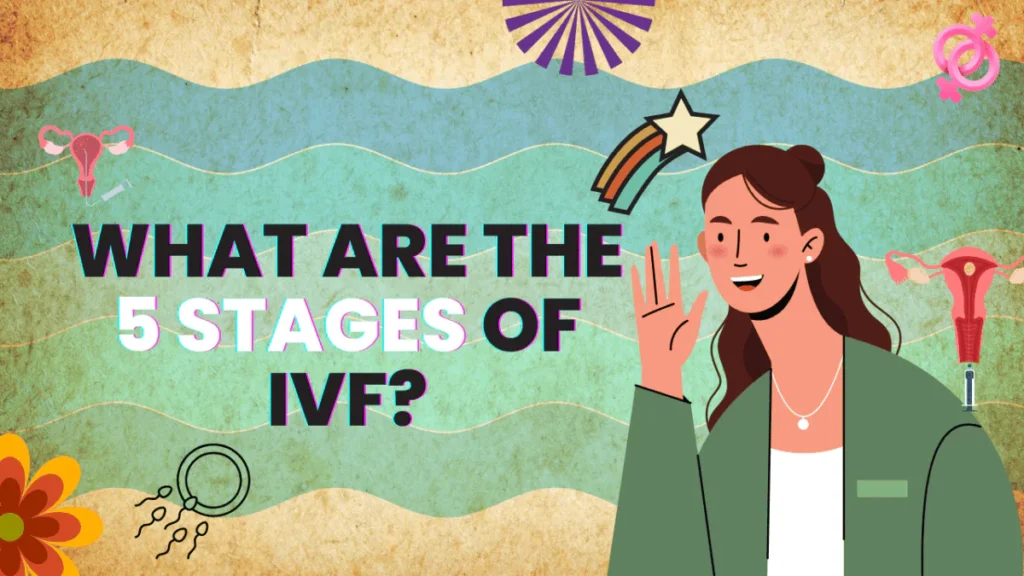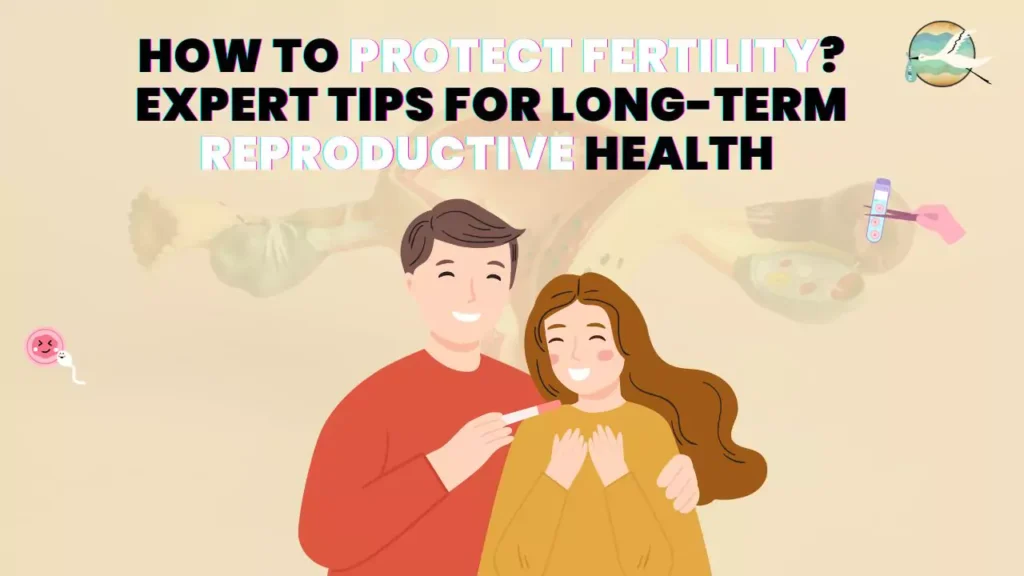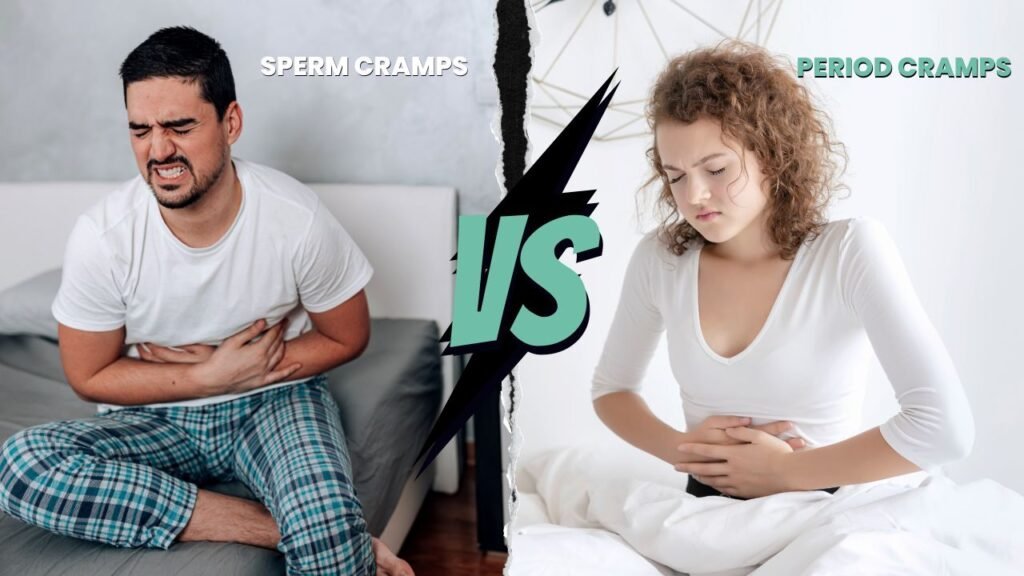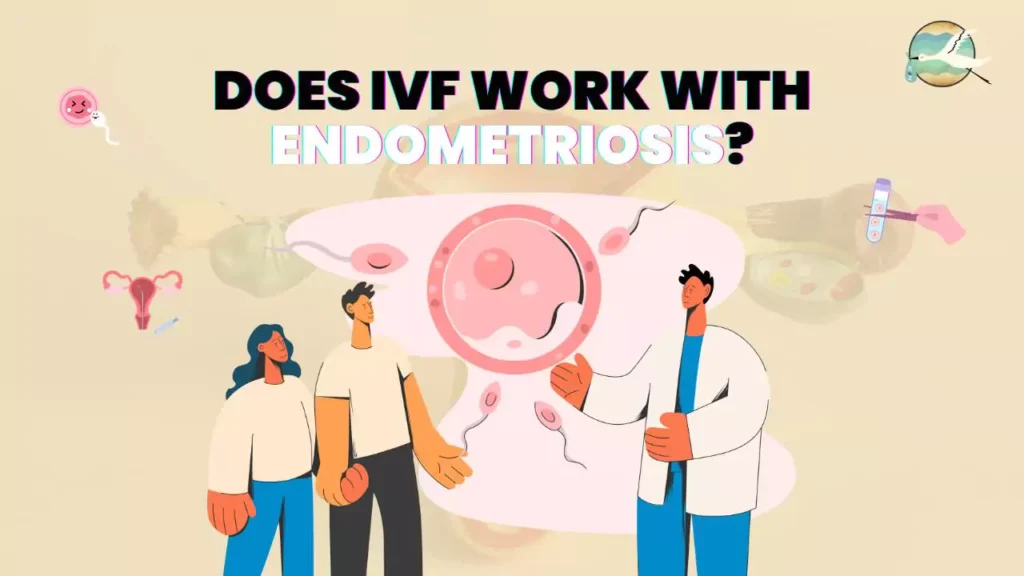This article discusses what ovarian stimulation is, how it works, what to expect during the process, and how to improve your response to ovarian stimulation.
Table of Contents

What is ovarian stimulation?
Hormones are used in ovarian stimulation, a medical procedure, to increase egg production. It can be used to address other fertility issues, like ovulation disorders, in addition to being frequently utilized in assisted reproductive technology procedures like IVF.
A woman will administer hormone injections to herself over the course of many days during ovarian stimulation, including follicle-stimulating hormone and luteinizing hormone. These hormones cause the ovaries to release several follicles, each containing an egg. A trigger shot will be administered to the woman to stimulate ovulation once the follicles have grown to a specific size. Next, a process known as egg retrieval is used to remove the eggs from the ovaries.
It can be an effective technique to raise the odds of conception, but it is crucial to recognize that it is not without Risks One of the most serious dangers is ovarian hyperstimulation syndrome (OHSS), which can produce a variety of symptoms such as bloating, abdominal pain, and difficulty breathing. OHSS can be fatal in rare circumstances.
Some of the reasons for ovarian stimulation include:
- To induce ovulation in women with ovulatory disorders
- To retrieve eggs for IVF
- To store eggs for future use (egg freezing)
- To improve the quality of eggs in women with advanced maternal age or other fertility problems
Although it can be a difficult and complicated process, It can be a useful tool for women who are having trouble getting pregnant.
How does ovarian stimulation work?
Hormones are used in ovarian stimulation to fool the ovaries into producing more eggs than they normally would. The woman is given injections of follicle-stimulating hormone and luteinizing hormone to accomplish this.
Follicles, the sacs that house eggs, expand more quickly as a result of FSH. Ovulation, or the release of an egg from a follicle, is brought on by LH.
The doctor can manage the growth and maturation of the follicles by administering FSH and LH injections to the patient. As a result, they can get hold of ripe eggs at the perfect moment for fertilization.
Usually, the ovarian stimulation procedure lasts 10 to 14 days. The woman will undergo routine ultrasounds and blood tests to track the development of the follicles during this period.
The woman will receive an hCG (human chorionic gonadotropin) trigger shot after the follicles are fully developed. Ovulation is started by this hormone, and the eggs are normally extracted 36 hours later.
Once the eggs have been collected, they can be fertilized in a lab with sperm. In a process known as embryo transfer, the fertilized eggs are subsequently returned to the woman’s uterus.
Although it might be a useful strategy for boosting pregnancy odds, it is crucial to remember that there are hazards involved. Ovarian hyperstimulation syndrome, which can result in a variety of symptoms like bloating, stomach pain, and breathing difficulties, poses the most serious risk.

Ovarian stimulation side effects
The most common side effects of ovarian stimulation are:
- Abdominal pain and bloating
- Breast tenderness
- Nausea and vomiting
- Mood swings
- Fatigue
- Headaches
- Hot flashes
- Bruising or redness at the injection site
Once the ovarian stimulation procedure is over, these side effects are usually minor and go away on their own.
There is, however, a chance of more severe side effects, like ovarian hyperstimulation syndrome. Ovarian hypersensitization syndrome (OHSS) causes painful and swollen ovaries. In addition, it might result in other symptoms like chest pain, breathing difficulties, and fluid retention in the belly.
The majority of women with OHSS had high egg production rates during ovarian stimulation. Women with PCOS also tend to have it more frequently.
Other serious side effects of ovarian stimulation include:
- Blood clots
- Multiple pregnancies
- Miscarriage
- Ectopic pregnancy
It’s important to get medical help right away if you develop any serious side effects from ovarian stimulation, such as excruciating stomach discomfort, chest pain, or trouble breathing.
The possibility of psychological stress brought on by ovarian stimulation should also be noted. Some women could feel overburdened by the procedure and go through anxiety or sadness. Any emotional worries you feel prior to, throughout, or following it should be brought up with your doctor.
It is generally a safe and successful technique for most women. Prior to beginning a course of treatment, it’s crucial to be aware of any potential dangers and side effects.
What is ovarian stimulation in IVF?
In IVF, hormones are used to encourage the ovaries to generate more eggs. This procedure is known as ovarian stimulation. This is carried out to improve the likelihood of obtaining mature eggs that can be fertilized in a lab.
On the second or third day of the menstrual cycle, ovarian stimulation normally starts. Follicle-stimulating hormone and luteinizing hormone will be administered intravenously to the woman for 10–14 days. These hormones promote the formation and maturation of follicles, the sacs that house eggs.
The woman will undergo routine blood tests and ultrasounds throughout the ovarian stimulation procedure to track the development of the follicles. The lady will receive a trigger injection of human chorionic gonadotropin (hCG) once the follicles have reached maturity. This hormone causes the release of eggs from follicles or ovulation.
36 hours after the trigger shot is usually when the eggs are removed. An easy surgical procedure called egg retrieval is used to do this. Using a tiny needle, the doctor extracts the eggs from the follicles during egg retrieval.
The eggs are then fertilized in a lab using sperm after being recovered. The embryos are the fertilized eggs. The embryos are subsequently returned to the woman’s uterus after being cultivated for 3-5 days.
The procedure of IVF includes ovarian stimulation as a key step. The probability of obtaining mature eggs and becoming pregnant is raised by encouraging the ovaries to produce more eggs.
Here are some of the benefits and risks of ovarian stimulation in IVF:
| Benefits | Risks |
|---|---|
| Increased chances of retrieving mature eggs | Multiple pregnancy |
| Increased chances of fertilization | Ectopic pregnancy |
| Increased chances of implantation | Miscarriage |
| Increased chances of pregnancy | Birth defects |
| – | Multiple pregnancies |
Discussing the advantages and disadvantages of ovarian stimulation with your doctor is essential if you are thinking about IVF.
What is controlled ovarian stimulation for IVF?

Using hormones to stimulate the ovaries to generate numerous eggs is a procedure known as controlled ovarian stimulation (COS) for in vitro fertilization. The woman is given injections of FSH and LH to do this. The follicles, which are egg-containing sacs, expand more quickly as a result of FSH. Ovulation, which is the egg’s release from a follicle, is brought on by LH.
By boosting the number of eggs recovered and improving their quality, COS is used in IVF to increase the likelihood of becoming pregnant.
IVF cannot be completed without COS, despite the complexity of the process.
How long does ovarian stimulation take?
Usually, It takes 10 to 14 days. The woman will administer daily injections of FSH and LH during this time. In order to track the development of the follicles, she will also undergo routine blood tests and ultrasounds.
The woman will receive an hCG (human chorionic gonadotropin) trigger shot after the follicles are fully developed. Ovulation is started by this hormone, and the eggs are normally extracted 36 hours later.
The woman’s reaction to the hormones can affect how long the ovarian stimulation lasts. Some women could react faster than others. Depending on the woman’s reaction, the doctor may potentially change the hormone dosage.
If you are considering ovarian stimulation, you should discuss your options with your doctor. They can provide you with a more precise estimate of how long the process will take.
How to stimulation ovarian in menopause?

In menopause, there is no way to increase ovarian activity. Menopause is the natural end of a woman’s reproductive life, and the ovaries cease egg production. There is no cure for menopause or for restoring ovarian function.
However, there are medications available to assist control of menopausal symptoms, such as hormone replacement therapy. Hot flashes, night sweats, and other menopausal symptoms can be alleviated by HRT. It can also assist in guarding against osteoporosis and other menopausal health problems.
Consult your doctor if you have any concerns about the menopause symptoms. They can assist you in creating a personalized treatment plan.
It’s important to remember that any remedy that promises to boost ovarian function throughout menopause is probably a fraud. None of these treatments are backed by any scientific evidence.
What to expect during ovarian stimulation?
You should anticipate to feel the following during ovarian stimulation:
Injections: FSH and LH hormone injections must be done daily. You can perform this at home, and your doctor will instruct you on how to administer the injections securely.
Monitoring: Regular blood tests and ultrasounds will be required to monitor the growth of your follicles. This will assist your doctor in determining when the follicles are mature and ready to be extracted.
Side effects: It can have a number of negative side effects, including hot flashes, nausea, vomiting, mood swings, breast discomfort, and exhaustion. Once the ovarian stimulation procedure is over, these side effects are typically minor and go away on their own.
Ovarian hyperstimulation syndrome: It can result in the dangerous but uncommon complication of OHSS. Severe abdominal pain, bloating, and breathing difficulties are just a few of the symptoms that it might produce. It is crucial to get medical help right away if you develop any of these symptoms.
What to anticipate during ovarian stimulation is more fully described in the following timeline:
- Days 1-5: To stop your ovulation cycle from occurring naturally, you will begin taking birth control tablets or gonadotropin-releasing hormone (GnRH) agonists.
- Day 6: The hormones FSH and LH will be injected into you.
- Day 10-14: Regular blood tests and ultrasounds will be performed on you to track the development of your follicles.
- Once your follicles are mature: To start your ovulation, an injection of hCG (human chorionic gonadotropin) will be given to you.
- 36 hours after the trigger shot: Your eggs will be collected.
Following egg retrieval, your eggs will be fertilized in a laboratory with sperm. The fertilized eggs will subsequently be put back into your uterus via an embryo transfer process.
Talk to your doctor if you have any questions or concerns about ovarian stimulation. They can assist you in understanding the procedure and what to expect.
How to improve ovarian stimulation?
You can boost your response to ovarian stimulation by doing the following things:
- Maintain a healthy weight: Obesity and underweight can both impair ovarian function. Keep your body mass index (BMI) between 18.5 and 24.9.
- Eat a healthy diet: A good diet can increase your general health and well-being, leading to a stronger response to ovarian stimulation. Consume a variety of fruits, veggies, and whole grains. Reduce your intake of processed meals, fizzy drinks, and saturated and harmful fats.
- Exercise regularly: Exercise can aid with circulation and general wellness. On most days of the week, aim for at least 30 minutes of moderate-intensity exercise.
- Get enough sleep: For general health and well-being, sleep is crucial. Sleep for 7-8 hours every night.
- Manage stress: Ovarian function may be hampered by stress. Try yoga, meditation, or spending time in nature as effective stress-reduction techniques.
- Avoid smoking and excessive alcohol consumption: You have a lower chance of success with ovarian stimulation if you smoke or drink too much alcohol.
Conclusion:
For most women, It is a secure and successful technique. For women who are having trouble getting pregnant, it can be a useful tool. Prior to beginning a course of treatment, it’s crucial to be aware of any potential dangers and adverse effects.
Consult your doctor about the advantages and disadvantages of ovarian stimulation if you’re thinking about it. They can assist you in creating a unique strategy that is appropriate for you.
Here are some additional tips for women undergoing ovarian stimulation:
- Drink plenty of fluids to stay hydrated.
- Avoid strenuous exercise.
- Get plenty of rest.
- Eat a healthy diet.
- Manage stress.
- Avoid smoking and excessive alcohol consumption.
- Take your medications as prescribed by your doctor.
During ovarian stimulation, be sure to notify your doctor right away if you have any negative side effects.

